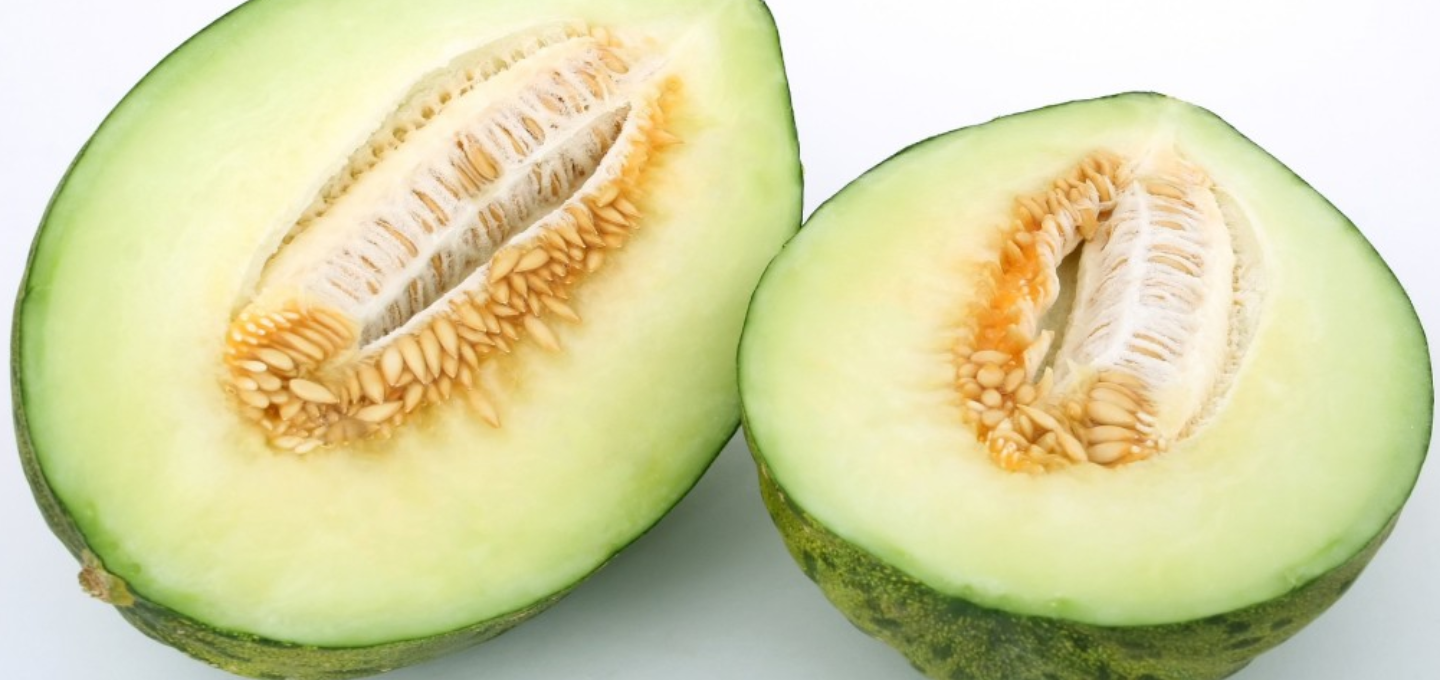Melon is the refreshing fruit par excellence of the summer months. Its sweet and pleasant flavor is especially appetizing when the heat arrives and the sun sets. Do not miss in this post all its characteristics, nutritional properties, curiosities and tips to taste the delicious melon.
The melon belongs to the Curcubitáceas family, like the watermelon and thecucumber It is believed that it was the Arabs who introduced this fruit to the Peninsula, and from here it was brought to America in the 16th century. Spain is one of the main producers ofmelons (first country in Europe and third in the world). They are grown especially in Murcia, Valencia, Castilla la Mancha and Andalusia.
Although melon is a fruit of melons are available throughout the year. Of green, yellow or orange color and also white, in Spain the most popular are: the skin of the toad, the yellow canary and Galia.
There are many varieties of melon, but the most popular are Piel de Sapo, Canary Yellow and Galia.
Despite its sweetness, melon stands out mainly for its high water content (90%) and its low caloric value. For this reason it is the ideal refreshment to stay hydrated and quench thirst during the summer months. What's moreIt is also a source of fiber, which improves intestinal transit, fighting constipation problems. Its vitamin C content stands out; 100 grams of melon provides us with more than half of the recommended per day. Do not giveLet's forget about its beta-carotene content, as long as we opt for melons with orange pulp, a highly antioxidant and protective substance that helps prevent cancer and the onset of cardiovascular diseases.it is. Melon is very rich in potassium that counteracts sodium and increases urination, which makes it a good natural diuretic and helps us avoid fluid retention.
To choose a melon you have to make sure that it does not have stains, cuts or bumps on the skin. It is also important that it has a sweet and noticeable smell, this will guide us to know if it is ripe. And if you have to choose between several, llAvoid the heaviest, because thick-skinned melons generally taste better.
Melons with orange flesh, especially the Cantaloupe variety, are the ones with the highest amount of beta-carotene.
If the melon is ripe, store it in the fridge to last up to two weeks. Once opened, melons generally keep for a few days in the refrigerator. To extend its conservation, once opened cIt is convenient to keep them in the fridge well covered with plastic wrap. They can also be frozen and kept on hand to prepare refreshing sorbets and / or smoothies. It should always be eaten ripe, otherwise it is indigestible.
Melon is one of the fruits that is most consumed in summer as a dessert or between meals, but it is also ideal for preparing delicious recipes. As a first course in the form of gazpacho or cream, as a garnish in salads, and in fform of slushies and sorbets to take at any time.
Melon is the quintessential summer fruit, it is the authentic low-calorie sweet snack that you can take at all hours. This giant fruit is almost all water,so it satisfies us, hydrates us and helps us eliminate toxins. Add it to your diet and enjoy all the benefits of this typical summer fruit. A great fruit and not only because of its size.






